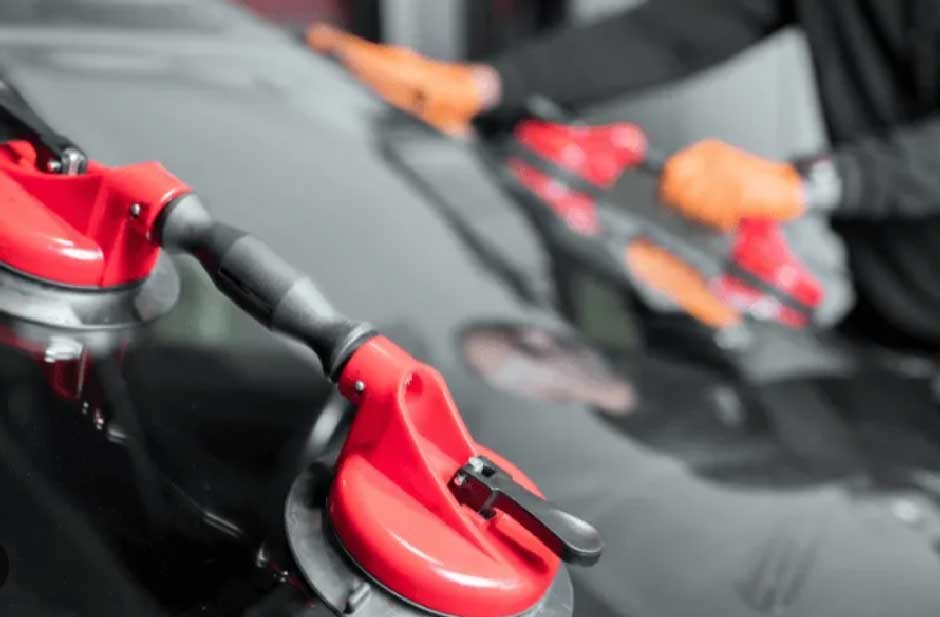Your car’s windshield is more than just a pane of glass—it’s a crucial safety feature that protects you and your passengers from the elements, debris, and accidents. However, like any other part of your vehicle, windshields can deteriorate over time or become damaged due to various factors. Knowing when to replace your windshield is vital for maintaining your car’s safety and functionality. This article will explore the key signs indicating it’s time to consider windshield replacement, and why addressing these issues promptly is essential.
1. Cracks and Chips
One of the most common reasons for windshield replacement Calgary cost is the presence of cracks and chips. While minor chips and small cracks can often be repaired, there are certain types and sizes of damage that necessitate a full replacement.
- Size and Location: Cracks longer than six inches or chips larger than a quarter are often too expensive to repair safely. Additionally, if the crack is in the driver’s line of sight or along the edge of the windshield, replacement is usually recommended. The edges are particularly vulnerable, and damage in these areas can compromise the entire windshield’s structural integrity.
- Spreading Cracks: If a crack or chip is left unrepaired, it can spread over time due to temperature changes, vibrations, and stress. What starts as a minor issue can quickly become a major problem, requiring a complete replacement.
2. Compromised Structural Integrity
Your windshield plays a significant role in the structural integrity of your vehicle, especially in the event of a rollover accident. A damaged windshield is less capable of supporting the roof and can fail when you need it most.
- Multiple Chips and Cracks: Even if each chip or crack is small, having multiple areas of damage can weaken the overall structure of the windshield. When the structural integrity is compromised, the windshield may not perform correctly during an accident.
- Pitting and Surface Damage: Over time, your windshield can develop pitting—small, shallow indentations caused by sand, dirt, and debris hitting the glass. While pitting may not seem like a major issue, it can scatter light and create glare, making it difficult to see clearly, especially at night. Extensive pitting also weakens the glass, increasing the likelihood of a larger crack or break.
3. Poor Visibility
Visibility is crucial for safe driving, and any damage that obstructs your view can increase the risk of an accident. If your windshield is damaged in a way that impairs your ability to see clearly, it’s time for a replacement.
- Distorted Glass: Sometimes, the glass itself can become warped or distorted due to manufacturing defects, improper installation, or severe impact. This distortion can make it difficult to judge distances and see clearly, posing a significant safety hazard.
- Glare and Reflection Issues: Cracks, chips, and pitting can cause light to scatter in unexpected ways, leading to glare and reflections that can temporarily blind you while driving. If you find yourself squinting or struggling to see due to light distortion, replacing your windshield is the best course of action.
4. Improper Installation
If your windshield was not installed correctly, it could lead to a host of problems, including leaks, increased noise, and even complete detachment in severe cases. Signs of improper installation should not be ignored.
- Water Leaks: If you notice water leaking into your car around the edges of the windshield, it’s a sign that the seal is compromised, likely due to poor installation. This issue can lead to rust, mold, and interior damage, in addition to compromising the windshield’s ability to stay in place.
- Wind Noise: Excessive wind noise coming from the windshield area can also indicate that the windshield was not installed properly. A secure windshield should sit flush with the car’s frame, creating an airtight seal. If you hear a whistling noise, it might be due to gaps between the glass and the frame.
5. Discoloration and Haze
Over time, exposure to sunlight and chemicals can cause your windshield to develop a permanent haze or discoloration. This can severely impact visibility and safety.
- Haze from Wiper Wear: Windshield wipers can gradually wear down the glass, creating a hazy appearance that is especially noticeable when the sun hits it. If cleaning the glass doesn’t remove the haze, the damage may be too deep and require a replacement.
- Discoloration from UV Damage: Prolonged exposure to UV rays can cause the windshield’s plastic laminate to discolor or peel. This not only looks unsightly but can also weaken the glass and obstruct your view.
6. Failed Inspection
If your vehicle fails a safety inspection due to windshield damage, replacement is often necessary to bring it up to standard. In many regions, a cracked or compromised windshield is enough to fail an inspection because it can significantly impair driving safety.
Conclusion
Your windshield is a critical component of your vehicle’s safety system, and any damage should be taken seriously. Whether it’s a small chip that’s beginning to spread, a crack that obstructs your view, or signs of improper installation, addressing these issues promptly can prevent more severe problems and ensure your safety on the road. If you notice any of the signs mentioned above, it’s time to consult a professional to determine whether a repair is sufficient or if a complete windshield replacement is necessary. Prioritizing your windshield’s condition is not just about maintaining your car—it’s about safeguarding your life and the lives of those around you.
